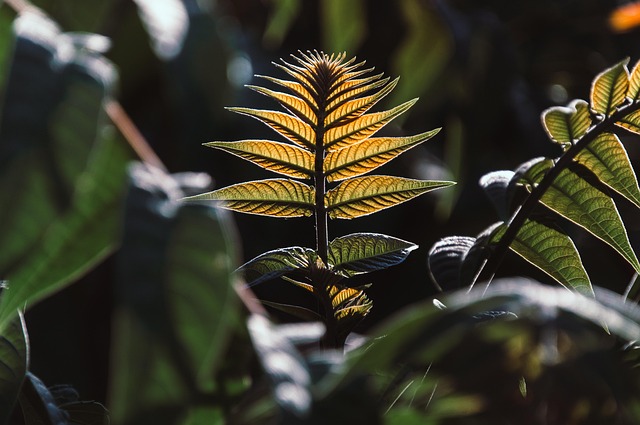Surviving the Storm: Forest Planting for Climate Resilience
As storms grow fiercer and weather patterns shift in fundamentally unpredictable ways, the call to action has never been more urgent. Climate change is no longer a distant threat; it’s a reality we are forced to confront daily. In the face of these challenges, forest planting emerges as a beacon of hope, a tangible solution that can help fortify our ecosystems while simultaneously improving our chances of weathering the increasingly extreme conditions we face.
Forests are nature’s intricate tapestry, woven with biodiversity that supports countless life forms and ecosystems. They play a crucial role in maintaining our climate systems, absorbing carbon dioxide and releasing oxygen. However, as wildfires ravage the land and hurricanes gain strength, it’s evident that the health of our forests is directly tied to our survival. By engaging in large-scale forest planting, we can restore these vital ecosystems and enhance their resilience against the storms of tomorrow.
The Power of Trees
Trees act as natural barriers. They protect against soil erosion during heavy rains, mitigate flooding by absorbing excess water, and even provide shade that can cool down urban heat islands. When planted strategically, they reduce wind speed, thus softening the impacts of storms on weaker structures. Each tree serves as a tiny fortress, standing firm against the relentless forces of nature.
Moreover, the act of planting trees itself fosters a sense of community and belongs that can be incredibly healing. Local initiatives often bring people together to engage in forest planting efforts, allowing individuals to connect with one another and the earth. These communal projects not only restore the environment but also strengthen social ties, creating networks of resilience that can stand strong against future adversities.
Fostering Biodiversity
A healthy forest teems with life and diversity. By planting a variety of native species, we can restore habitats for wildlife and ensure the survival of countless species as they adapt to changing climates. Biodiversity acts as a safety net, enhancing an ecosystem’s ability to cope with extreme weather, pests, and diseases. Protecting these interwoven lives creates a resilient web that can withstand the shocks of climate change.
Additionally, diverse forests improve air quality and capture carbon, acting as significant stores of carbon dioxide. As the planet grapples with rising temperatures and increasing greenhouse gas emissions, forest planting becomes not just a local concern, but a global imperative in combating climate change.
The Role of Technology
Modern technology also plays a crucial role in the revolution of forest planting. Innovations such as drone reforestation and data analytics can optimize planting efforts, ensuring that trees grow in the right places and conditions for their long-term survival. By harnessing these tools, we can scale up our efforts, making impactful changes more rapidly and efficiently.
While the threat of extreme weather looms over us, it is essential to remember that we hold the power to instigate change. Through the act of forest planting, we can cultivate a spirit of resilience, not just within our environments but also within our communities. The journey may be long, but every seed planted and every tree grown contributes to a greater cause—our survival and the health of our planet.




